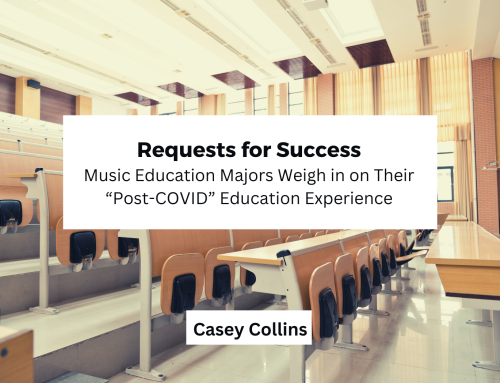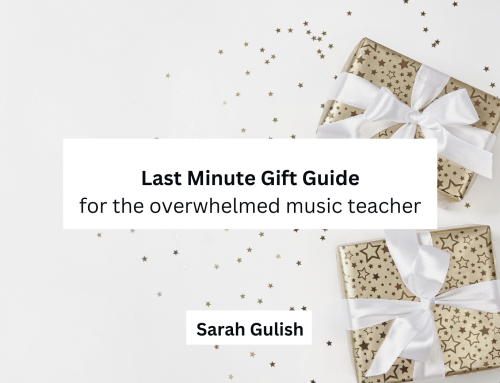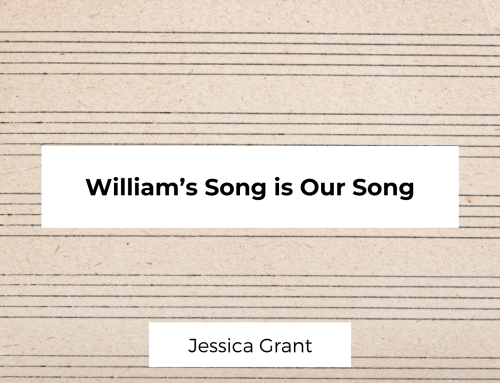Like most, if not all, music institutions around the world, the lockdown resulting from COVID-19 necessitated a swift move of all of our teaching to online, and a consequent steep learning curve especially for instrumental and ensemble teachers who had never had to operate in that kind of environment. At the Queensland Conservatorium, where 75% of courses are practical in nature, this posed of course enormous learning and teaching challenges as we strove to still offer our students an optimal learning experience – this was especially challenging for our many small and large ensembles, both classical and pop, one to one teaching, audio engineering and production, and collaborative songwriting, each of which required its own approach.
Pivoting the Ensemble Experience
As we all found out very quickly, the big challenge for online ensembles is latency – and that the brilliant seemingly synchronous ensemble videos populating the web at the time were all smoke and mirrors. We learned that audio quality was not a priority for online meeting platforms, stereo neither, for some. Some platforms have a definite dislike for Macs and some still do (try sharing audio from your MacBook in a Teams meeting). For some ensembles – those requiring large, specialised instruments such as percussion and gamelan, it just wasn’t possible and these courses were withdrawn. Other ensembles shifted their activities from practice to reflection, for example requiring critical reflection on recorded ensembles available online, with reference to personal practice. Other ensembles had students learn their parts, but the course deferred until the following semester when the ensemble could put things together live.
In popular music, we took two approaches with our ensembles, as each was aligned with a course with differing learning outcomes – one focussing on musicianship as a band, the other on live performance – neither of which lends itself to online realisation! There are really limited ways to do this, none of which are synchronous. You can have one student lay a track (e.g. drums) and upload it, then sequentially each student records their part over the top, mixing as they go. You can follow the same process, but the individual track is isolated and uploaded separately to be mixed later on. Or students can record their parts to a click track, and the whole lot is mixed at the end. We experimented with all of these – none was ideal, one was not better than another, but we had fun trying.
While the lockdown-fueled rise in live music streaming, online concerts and ‘up close and personal’ paid gigs came into its own, distanced music ensembles just don’t work online, asynchronous or otherwise. Our institution has nearly 30 ensembles every semester, small and large, across the full range of instruments and styles. Combined with one-to-one teaching, they constitute the majority of our activities. To say that trying to adapt this to the online environment was challenging would be an understatement.
Connecting with Student Perceptions
…no matter how ‘good’ the technology becomes, even if we have high fidelity audio and zero latency, the real-time experience of playing and experiencing music with others in person can never be replaced.
Halfway through the semester we conducted a survey of staff and students, resulting in over 100 responses, two thirds of which came from students, with a pretty even spread across all year levels and specialisations. Not surprisingly, the three biggest challenges of moving to online that students identified were motivation, mental health, and technology (mainly internet speeds & sound quality). Distractions – whether personal, from family or neighbours were also ranked as a significant negative factor. Staff faced huge demands on their workloads due to the extra preparation time needed, and this is not sustainable. But surprisingly, the responses identified more positive than negative outcomes of the shift to online. Students enjoyed the flexibility, independent learning, having more time to practice, and really valued the opportunity for critical reflection possibilities of having recordings of their lessons, workshops and performances – this is something we will continue regardless of how the future unfolds. Both staff and students embraced the learning curve resulting from the need for new technologies and could see this would be useful well beyond the context of learning and teaching.
Aside from practical issues however, ensembles and collaboration dominated the responses of both staff and students. What came out strongly was, not surprisingly, that no matter how ‘good’ the technology becomes, even if we have high fidelity audio and zero latency, the real-time experience of playing and experiencing music with others in person can never be replaced. Playing in an ensemble means more than synchronous playing ‘in time’, and the focus on getting the right technology to achieve this I think somewhat distracted us from this essential point. The intangibles – gestures, ‘real’ eye contact, spatial sensory cues, timbre, harmonics; and the tangibles – tactile reception of musical vibrations, the smell of the room, proximity to others. This is embodied learning that can never be replicated in an online environment; the performance space of the internet can never reproduce these tangible and intangible feedback mechanisms that are essential to creating music.
Thanks to MTV, televised live music has become normalised for audiences, and had set the scene for the shift to online performances during lockdown. But the act of the creation of music is not always about audiences; it is about the magic that occurs in the synchronous experience of the full range of the sensory experience, and we are a very long way from that ever being a virtual reality.




Leave A Comment